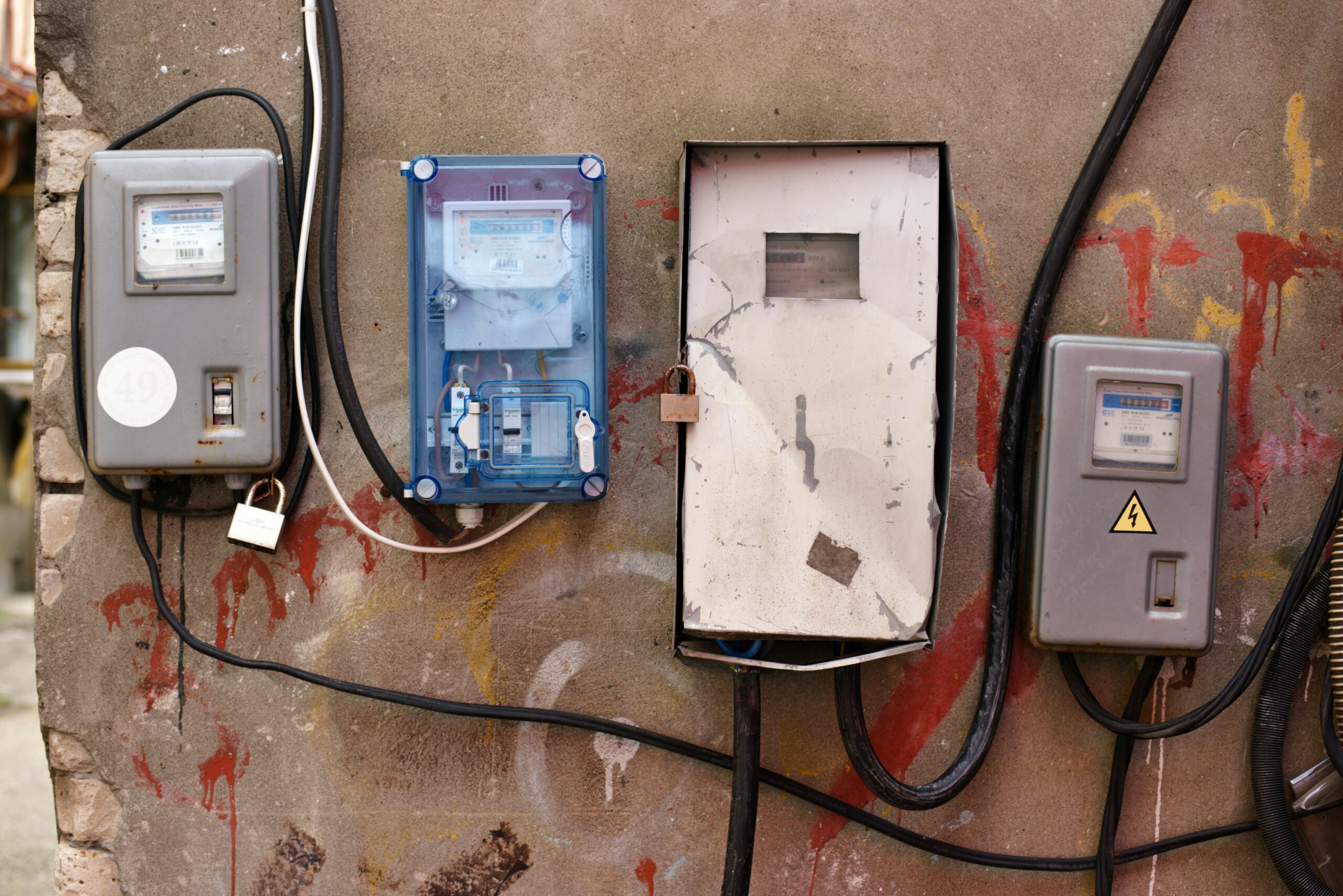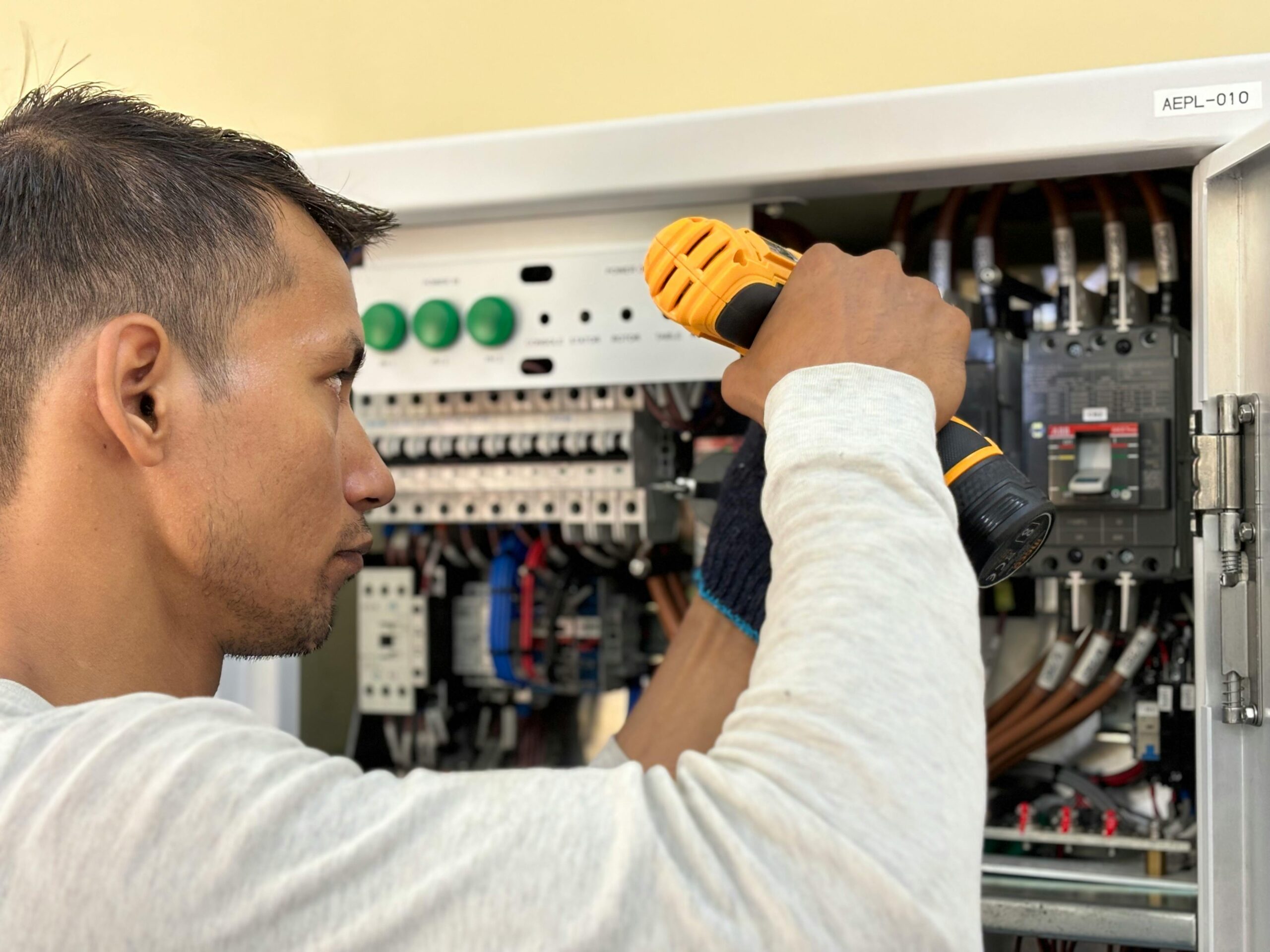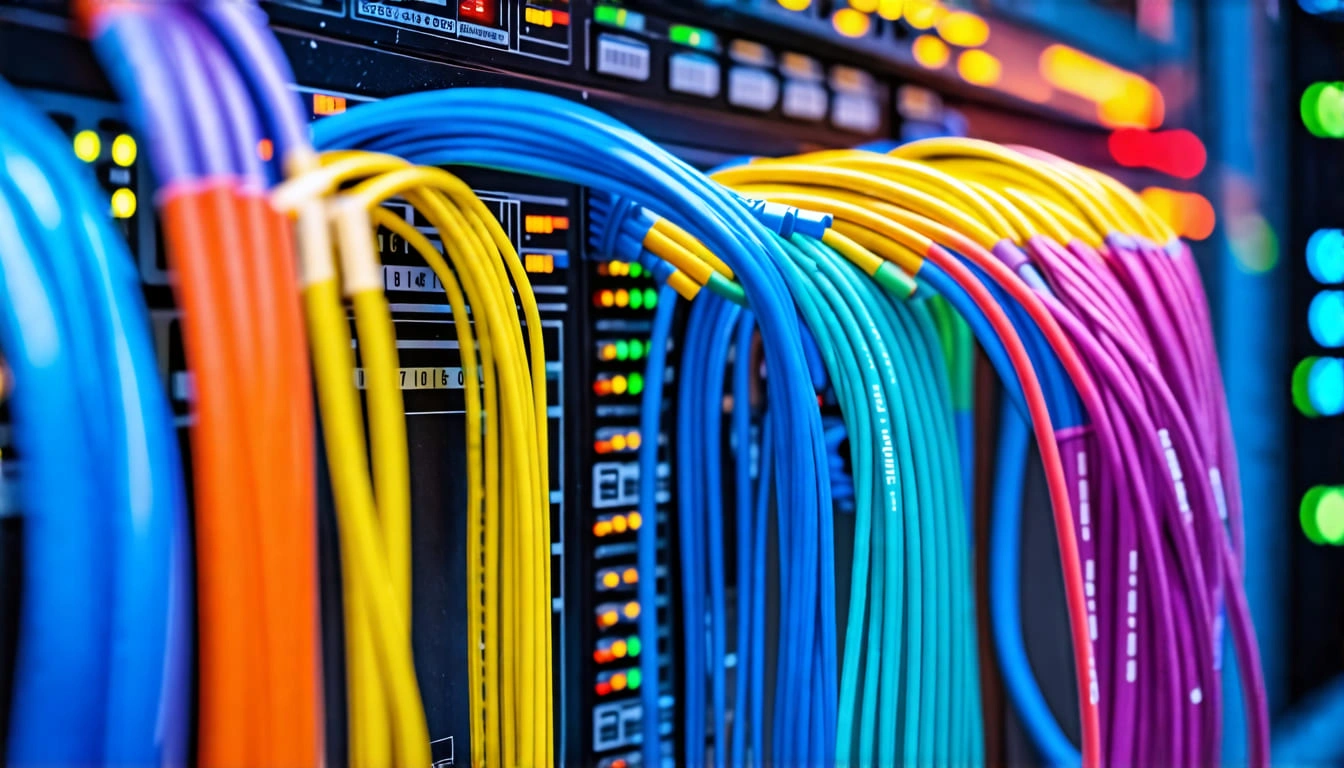Selecting the appropriate circuit breaker size for a water heater is crucial for both safety and optimal performance. The right breaker size ensures that the electrical circuit can handle the necessary load without tripping frequently or causing damage.
Choosing the right water heater breaker size allows the device to act as a protective device that limits the current flowing through the system, effectively preventing overheating and potential fires.
Using the wrong breaker size can lead to significant issues. If the breaker is too small, it may trip repeatedly under normal operating conditions, causing inconvenience and disrupting the water heating process.
Conversely, an oversized breaker may not trip when the circuit is overloaded, which can lead to overheating of wires and components, ultimately increasing the risk of electrical fires.
Additionally, incorrect sizing can void warranties and complicate insurance claims in the event of an incident. Therefore, careful consideration of the breaker size is essential for maintaining safety and functionality in water heater installations.
Understanding Breakers
A circuit breaker serves as a crucial safety device within an electrical system. It is designed to automatically interrupt the flow of electricity in the event of an overload or short circuit, thereby protecting wiring and appliances from potential damage.
The primary purpose of a circuit breaker is to prevent electrical fires and equipment damage caused by excessive current. By sensing abnormal conditions, circuit breakers provide a safeguard for both residential and commercial installations, ensuring that electrical systems can operate safely and efficiently.
Circuit breakers operate through a combination of thermal and magnetic mechanisms. When too much current flows through the circuit, heat builds up within the breaker, tripping a latch and disconnecting the power. In certain breakers, a magnetic field is generated that can also trigger a rapid disconnection in the event of a short circuit.
Types of Circuit Breakers
Various types of circuit breakers are available, each serving specific functions based on the requirements of the electrical system.
Single-Pole Breakers
Single-pole breakers are used for 120-volt circuits, typically found in household applications, such as lighting and small appliances. They can handle a current of up to 20 amps and are simple in design, making them a common choice for many electrical installations.
Double-Pole Breakers
Double-pole breakers, on the other hand, are designed for 240-volt circuits, suitable for larger appliances like water heaters and dryers. They take up more space in the circuit panel but provide the necessary protection for high-voltage applications by connecting to both halves of the electrical service.
Water Heaters Overview
Water heaters are essential appliances that provide hot water for various household and commercial needs, ranging from bathing and cooking to cleaning and space heating.
Understanding the different types of water heaters available is crucial for selecting the right one to suit your requirements, as they vary in energy efficiency, capacity, and functionality.
Types of Water Heaters
Tankless Water Heaters
These units heat water on demand, meaning they don’t store hot water in a tank. This can result in energy savings since they only operate when needed, providing an endless supply of hot water.
Storage Tank Water Heaters
The most common type, these systems store a specific amount of hot water in a tank, ready for use. While they may run out of hot water during heavy usage, they are generally less expensive upfront.
Heat Pump Water Heaters
Utilizing electricity to transfer heat from the air or ground, these systems are highly energy-efficient. They are ideal for warmer climates but can struggle in colder environments.
Solar Water Heaters
Using solar panels to harness energy from the sun, these systems are eco-friendly and can significantly reduce energy costs. However, they depend on sunlight and may require a backup system for cloudy days.
Electrical Requirements for Water Heaters
When installing or replacing a water heater, certain electrical specifications must be considered to ensure safe and efficient operation.
- Voltage Requirements
Most residential water heaters operate on a standard voltage of 120V or 240V. It’s crucial to check the specific voltage requirement for the selected unit to ensure compatibility with your home’s electrical system.
- Amperage Requirements
The amperage determines how much electrical current the water heater draws. It is essential to match the amperage rating with the circuit to avoid tripping breakers or damaging the unit. Always consult with a licensed electrician to ensure your system is properly configured.
Determining the Correct Breaker Size
When it comes to circuit breaker sizing for water heaters, several key factors must be taken into account to ensure safety and compliance with electrical standards.
Factors to Consider
- Water Heater Wattage: The wattage of the water heater is the primary factor in breaker size determination. It is typically specified on the appliance’s label. Higher wattage units will demand larger breakers to handle the electrical load without tripping frequently.
- Voltage of the Water Heater: The voltage rating of the water heater (commonly 120V or 240V) plays a crucial role in calculating the breaker size. Higher voltages can allow for smaller amps for the same wattage, impacting the overall required breaker size.
- National Electric Code (NEC) Guidelines: Compliance with NEC guidelines is essential. The NEC provides regulations that dictate the minimum requirements for electrical installations, including recommended breaker sizes relative to the water heater’s amperage and wattage ratings.
Breaker Size Recommendations by Water Heater Type
When selecting the appropriate breaker size for various types of water heaters, it’s essential to consider the specific requirements based on the model and type. Below are the recommendations for breaker sizes depending on the type of water heater.
Tankless Water Heaters
For most tankless water heaters, a double pole breaker of 30 to 60 amps is common, depending on the heater’s power rating.
For instance, a popular model like the Rinnai RUC98i requires a 60 amp breaker, while the EcoSmart ECO 27 typically operates well with a 40 amp breaker.
Storage Tank Water Heaters
Storage tank water heaters usually require a double pole breaker of 20 to 30 amps, based on their wattage.
The Rheem Performance 40 Gallon Electric Water Heater typically uses a 30 amp breaker, whereas smaller models like the AO Smith 30 Gallon Heater may only need a 20 amp breaker.
Heat Pump Water Heaters
Heat pump water heaters often require a double pole breaker of 30 to 50 amps, depending on their energy consumption.
For instance, the Stiebel Eltron Heat Pump Water Heater usually needs a 40 amp breaker, while the Ruud Hybrid Electric Water Heater may operate efficiently with a 30 amp breaker.
Solar Water Heaters
Solar water heaters vary widely, but a double pole breaker of 20 to 30 amps is commonly required.
The Rheem Solargain model generally operates well with a 30 amp breaker, while smaller systems like the Sunbank 40 Gallon Tank typically function with a 20 amp breaker.
Selecting the correct breaker size is crucial for safety and efficiency. Always refer to the manufacturer’s specifications to ensure compliance and optimal performance.
Installation Considerations
When installing a breaker for a water heater, several key factors must be taken into account. Firstly, the specific electrical requirements of the water heater, such as voltage and amperage, should dictate the choice of breaker size.
Additionally, local building codes and regulations must be adhered to, ensuring compliance and safety throughout the installation process. It is also important to assess the condition of existing wiring and electrical panels to prevent any unsafe connections.
Safety should always be the top priority when working with electricity. Before starting any installation, turn off the main power supply to avoid the risk of electric shock. Use appropriate personal protective equipment, such as insulated gloves and safety goggles, to minimize hazards. Also, ensure that the workspace is dry and free of any moisture, as this can increase the risk of accidents.
While some homeowners may have the skills to perform electrical installations themselves, hiring a professional electrician is highly recommended. Professionals are trained to follow safety protocols and local regulations, significantly reducing the risk of errors that could lead to electrical fires or equipment failure. A licensed electrician will also ensure that the correct sizing of breakers and wiring is followed for optimal performance.
Summary
Recap of Key Points
- Breaker Size Determination: The appropriate breaker size for a water heater is typically based on the unit’s wattage. A good rule of thumb is to choose a breaker rated for at least 125% of the water heater’s maximum draw.
- Safety: Using the correct breaker size is essential to prevent electrical fires and equipment damage caused by overheating or electrical surges.
- Efficiency: An appropriately sized breaker contributes to the efficient functioning of the water heater, preventing unnecessary power loss and ensuring a steady supply of hot water.
In summary, selecting the correct breaker size for a water heater is crucial for both safety and efficiency. A properly sized breaker not only protects the electrical circuit from overloads but also ensures the water heater operates at optimal performance without the risk of tripping the breaker.
Choosing the correct breaker size is not merely a guideline, but a vital element of electrical safety and appliance longevity. An oversized breaker may fail to trip during an electrical fault, leading to potential overheating and fire hazards.
In contrast, an undersized breaker may frequently trip due to the continuous load of electricity, resulting in inconvenience and reduced appliance performance. Understanding and applying the right specifications guarantees safe operation and maximizes the lifespan of your water heating system.
We help companies refine their messaging, hone in their sales process, and grow their pipeline – all with a new website.



